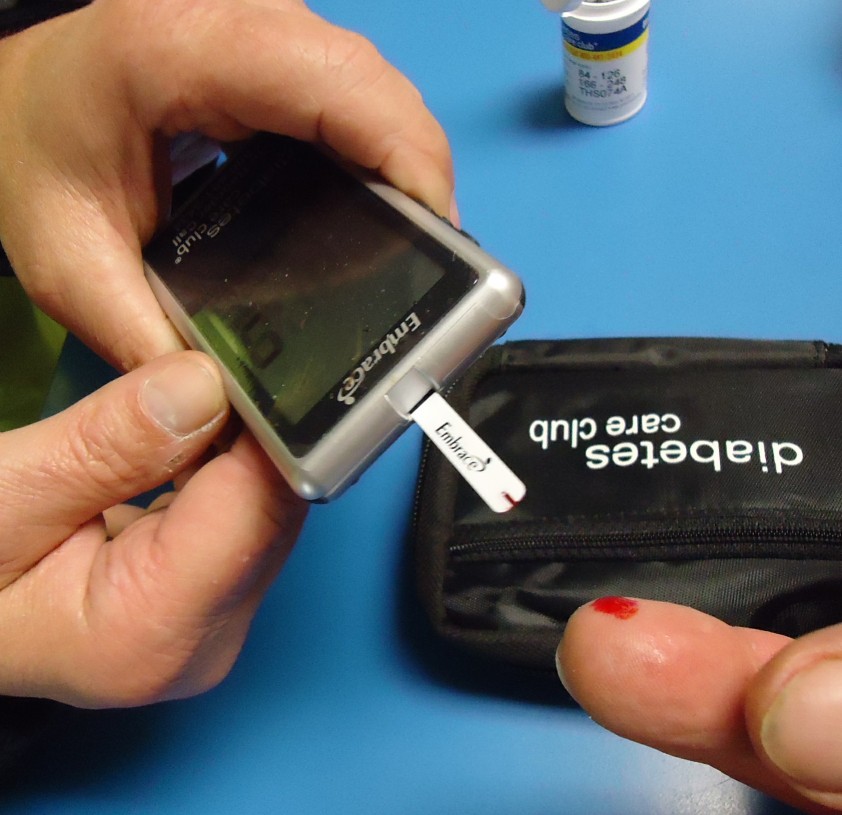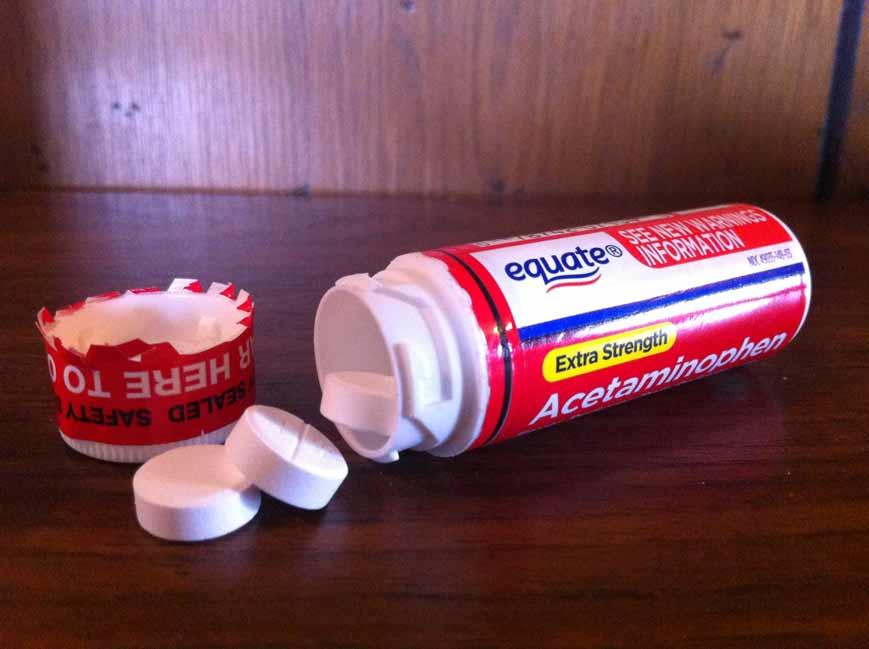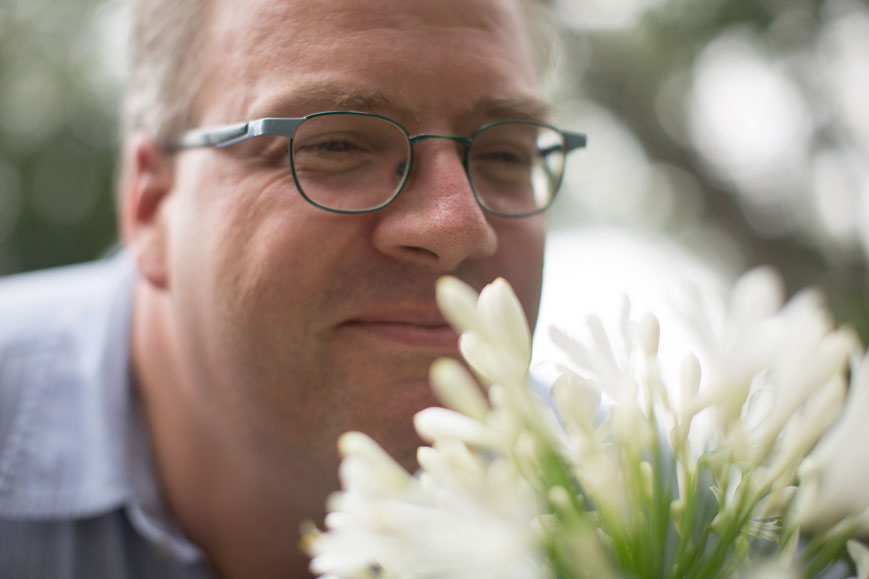
by Gill | Aug 30, 2016 | Diabetes
We are nearing a tipping point in the realization that the over reliance on drug therapy in treating chronic diseases like type 2 diabetes is literally a dead end. A new study published by Mayo Clinic researchers finally states what has been demonstrated repeatedly in...

by Gill | Aug 17, 2016 | Most Recent, Prescription Drugs
Introduction Another damning study indicates it is simply time to pull the plug on this outdated drug. The study just published in JAMA Pediatrics once again indicated that women who take acetaminophen during pregnancy are more likely to have a child with attention...

by Gill | Aug 4, 2016 | Alzheimer's Disease
Introduction: The ability to correctly identify odors may prove to be a more functional approach to identifying people at risk for early stages of Alzheimer’s disease (AD). Currently, physicians have to rely on expensive medical imaging (CT, MRI, or PET scans) to look...

by Gill | Jul 22, 2016 | Womens Health
Although hot flashes get a lot more attention, another common symptom during menopause is an increased feeling of anxiety. In general, anxiety is twice as common in women than in men. During menopause as well as the time just prior (perimenopause), anxiety in women is...

by Gill | Jul 18, 2016 | Depression
Approximately 30 million Americans take antidepressant drugs. That is a mind-blowing statistic. The obvious question is: Why are so many people depressed? There are a lot of theories, but the way a person feels at any point in time is determined by the interplay...








